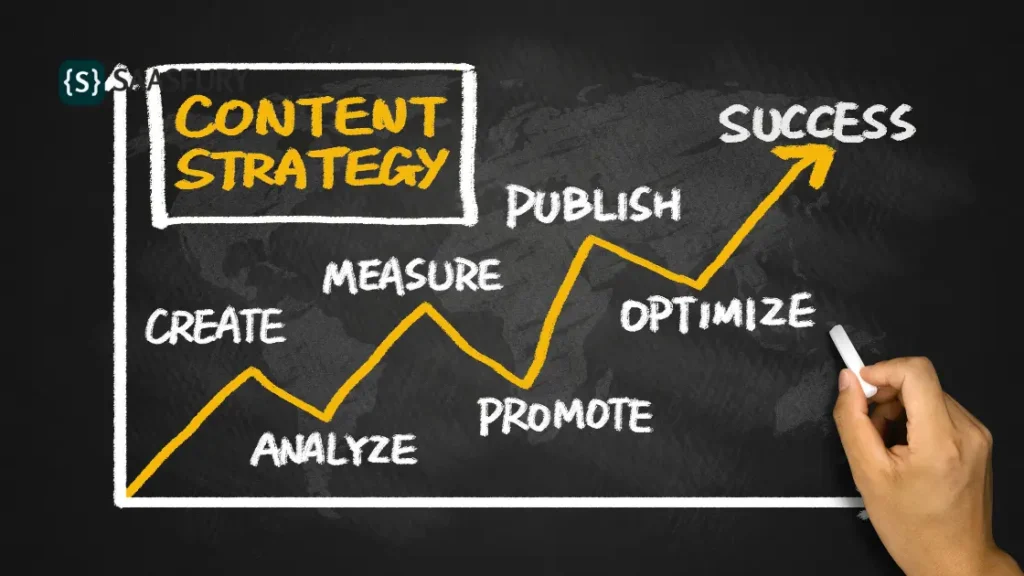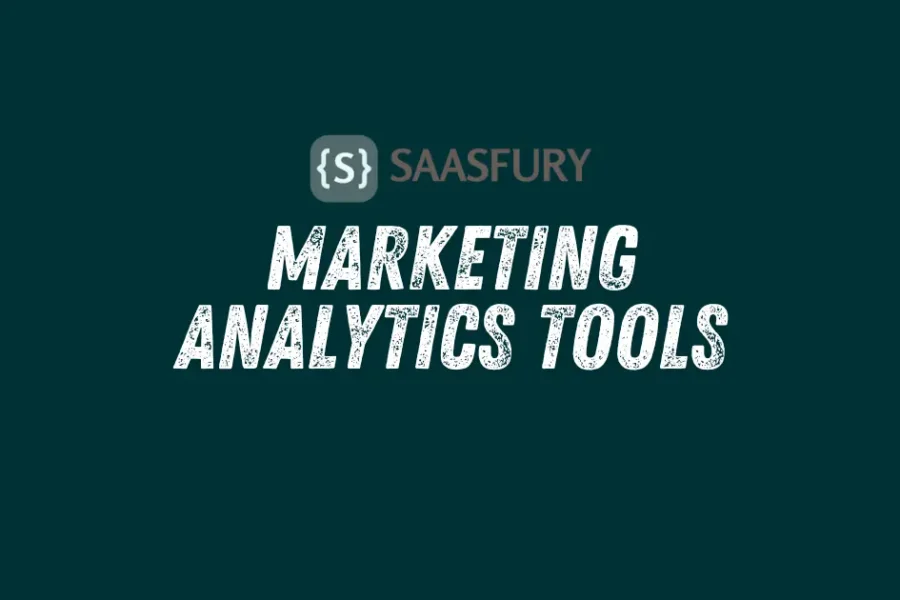Content analytics refers to the process of collecting and analyzing data from online content. It helps in understanding content performance and audience engagement.
In today’s digital landscape, content analytics plays a crucial role for marketers and content creators. By harnessing data on how users interact with content across various platforms, businesses can tailor their strategies to enhance user experience and increase conversions. Content analytics tools track metrics such as page views, shares, average time spent on page, and bounce rates, providing valuable insights into what content resonates with audiences.
Through this data-driven approach, content producers can optimize their content for better search engine rankings and audience retention, ensuring their message not only reaches its intended audience but also sparks the desired action. Employing content analytics effectively can lead to improved content strategies, more engaged readers, and ultimately, a stronger online presence.
Table of Contents

Introduction To Content Analytics
Content analytics is the powerhouse behind modern content strategies. It involves the collection, analysis, and reporting of data from digital content. This data guides creators and marketers. They learn what works and what doesn’t. With these insights, teams can craft successful content. The goal is to engage audiences, boost SEO, and drive business objectives.
The Rise Of Data-driven Content Strategies
Data-driven strategies are now essential. They help businesses stay competitive. Content analytics tools track user engagement. They measure performance metrics. This includes page views, shares, and time on page. With these insights, teams optimize their content for better results.
Scope And Impact Of Content Analytics
Content analytics has a wide scope. It impacts various aspects of a business. Here’s how:
- Enhanced User Experience: Analytics reveal how users interact with content. This helps improve the overall experience.
- Content Optimization: Data shows what content performs best. Teams use this to fine-tune their strategies.
- Strategic Planning: Analytics help predict trends. Businesses plan their content calendars accordingly.
- ROI Measurement: Content analytics assess the return on investment. This proves the value of content marketing efforts.

Key Components Of Content Analytics
Understanding Content Analytics is key in the digital world. It helps us know how well our content performs. We look at different parts to get the full picture.
Metrics That Matter In Content Performance
In content analytics, some numbers are very important. These numbers tell us how good our content is. Let’s see what they are:
- Page Views: Tells us how many times people saw the page.
- Bounce Rate: Shows if visitors stay or leave quickly.
- Time on Page: How long people spend reading our content.
- Conversion Rate: The percent of visitors who do what we want.
Tools And Technologies For Analyzing Content
To understand our content better, we use special tools. These tools show us the numbers we talked about. Here are some good ones:
- Google Analytics: A free tool that shows lots of info.
- SEMrush: Great for seeing how content ranks in searches.
- Hotjar: Helps us see where people click and what they ignore.
- Ahrefs: Good for checking links and seeing what topics are hot.
The Role Of Big Data In Content Analytics
In today’s digital landscape, Big Data is a game-changer for content analytics. With massive volumes of data generated every minute, understanding and analyzing this data transforms how content reaches audiences. Big Data offers insights into user behavior, content engagement, and the effectiveness of marketing strategies. These insights enable creators and marketers to tailor content that resonates with their target audience.
Harnessing Data For Content Optimization
Optimizing content starts with data. Data-driven decisions lead to better content performance. Here’s how Big Data aids in content optimization:
- Identifying trends: Spot patterns in user interaction.
- User preferences: Learn what topics and formats users prefer.
- SEO insights: Use search data to improve visibility.
- Content gaps: Find and fill missing content areas.
Predictive Analytics In Content Strategy
Predictive analytics uses Big Data to forecast trends and user behavior. This proactive approach to content strategy helps in:
- Anticipating future content needs.
- Creating personalized content experiences.
- Enhancing user engagement strategies.
- Driving content-related decisions with confidence.

Content Analytics In Marketing
In the world of marketing, Content Analytics plays a vital role. It helps marketers understand how their content performs. This understanding can lead to better strategies and results. Let’s dive deeper into how content analytics can enhance marketing efforts.
Improving Engagement Through Insights
Content analytics offers valuable insights into audience engagement. These insights help marketers fine-tune their content for better performance. For example, analytics can show which blog posts get the most views or which social media posts have the highest engagement rates. By analyzing this data, marketers can create content that resonates more with their audience.
- Track page views and time spent on each page
- Identify the most shared content on social media
- Analyze comments and feedback to gauge audience sentiment
Personalization And Targeted Content Creation
Personalization is key in today’s marketing. Content analytics allows for the creation of targeted content. This means creating content that speaks directly to a specific group of people. By understanding who interacts with your content, you can tailor your messages to meet their needs.
- Segment your audience based on their behavior and preferences.
- Create content that addresses the needs of each segment.
- Use analytics to measure the success of personalized content.
This approach not only boosts engagement but also increases the likelihood of conversion.
Challenges In Content Analytics
Content analytics unlocks the value in digital material. It examines performance. Yet, it faces hurdles. Let’s explore these challenges.
Navigating The Overload Of Data
Digital content grows daily. It creates a data flood. This overflow makes finding valuable insights tough. Content creators must sift through vast information. They must spot trends and patterns. This task demands robust analytics tools and sharp focus.
- Sorting: Separating relevant from irrelevant data is crucial.
- Analysis: Tools must turn data into actionable insights.
- Time: It requires time to process and understand the data.
Ensuring Data Privacy And Security
Privacy and security stand as pillars in content analytics. Users’ data must stay safe. Laws and regulations govern data usage. Content analysts must navigate these rules. Non-compliance leads to legal issues and lost trust.
| Aspect | Importance |
|---|---|
| Privacy Laws | Adherence to GDPR and other privacy laws is a must. |
| Security Measures | Tools must protect data against breaches. |
| Consent Management | Users must agree to data collection and analysis. |
Case Studies: Success Stories
Case Studies: Success Stories shine a spotlight on the power of content analytics. Real-world examples prove how data can transform content strategy. These stories reveal the potential for increased engagement, revenue, and brand growth. Here, we explore how businesses soared and the lessons from those who stumbled.
Businesses That Excelled With Content Analytics
Companies harnessing content analytics have seen remarkable results. Here’s how:
- E-commerce Giant: A/B testing with analytics increased click-through rates by 20%.
- Travel Site: Used visitor data to personalize content, boosting bookings by 30%.
- Healthcare Portal: Improved user experience based on analytics, reducing bounce rate by 15%.
These cases show how tailored strategies lead to measurable improvements.
Lessons Learned From Content Analytics Failures
Not all attempts in content analytics yield wins. Yet, failures teach valuable lessons:
| Company | Mistake | Lesson |
|---|---|---|
| Tech Startup | Ignored mobile user data | Adapt to audience device preferences |
| Fashion Retailer | Overlooked content engagement metrics | Engagement is key to user retention |
| Online Publisher | Focused solely on quantity of articles | Quality trumps quantity for audience loyalty |
Learning from these missteps can pivot a strategy towards success.
Future Of Content Analytics
As we look into the future of Content Analytics, we find exciting changes. These changes will make understanding and improving content easier. Let’s dive into what’s coming next.
Emerging Trends And Predictions
The world of content analytics is always growing. Here are some key trends:
- Real-time analytics will become common. They help us make quick decisions.
- Visual content analysis will rise. Pictures and videos tell a lot.
- Focus on user experience will grow. Happy visitors stay longer.
- Content personalization will get better. It makes content fit just for you.
Integrating Artificial Intelligence And Machine Learning
AI and Machine Learning are game-changers. They help in many ways:
- Predict what content will do well.
- Understand how people feel about content.
- Find new trends before they are big.
- Make content creation easier and faster.
With these tools, making and sharing great content will be easier. They help find what works best.
Best Practices For Implementing Content Analytics
Content analytics play a crucial role in the success of digital content strategies. By using analytics, content creators can understand how well their content performs. They learn what works and what doesn’t. To make the most of content analytics, it’s essential to follow certain best practices.
Building A Data-informed Content Team
Creating a team that values data is key. This team should use data to make decisions. They should understand both content and analytics deeply. Here’s how to build such a team:
- Train your team in data analysis and content metrics.
- Ensure everyone knows how to use analytics tools.
- Make data-driven decisions a part of your culture.
- Use insights to guide content creation.
Continuously Measuring And Refining Content Strategies
Content strategies need constant refinement. Measuring content performance helps improve future content. Here are steps to take:
- Set clear goals for your content.
- Measure performance with the right metrics.
- Analyze data and gather insights regularly.
- Adjust your strategy based on analytical findings.
- Test different content types to see what resonates.
Conclusion
Understanding content analytics is crucial for any digital strategy. It helps refine your content and engage your audience effectively. By embracing these insights, you enhance user experience and drive success. Remember, leveraging data is key to your content’s impact. Start analyzing and stay ahead in the digital game.






Leave a Comment